10,000 steps in calories – how many you burn and how to track them
If you're walking 10,000 steps a day, here's what you need to know about burning calories
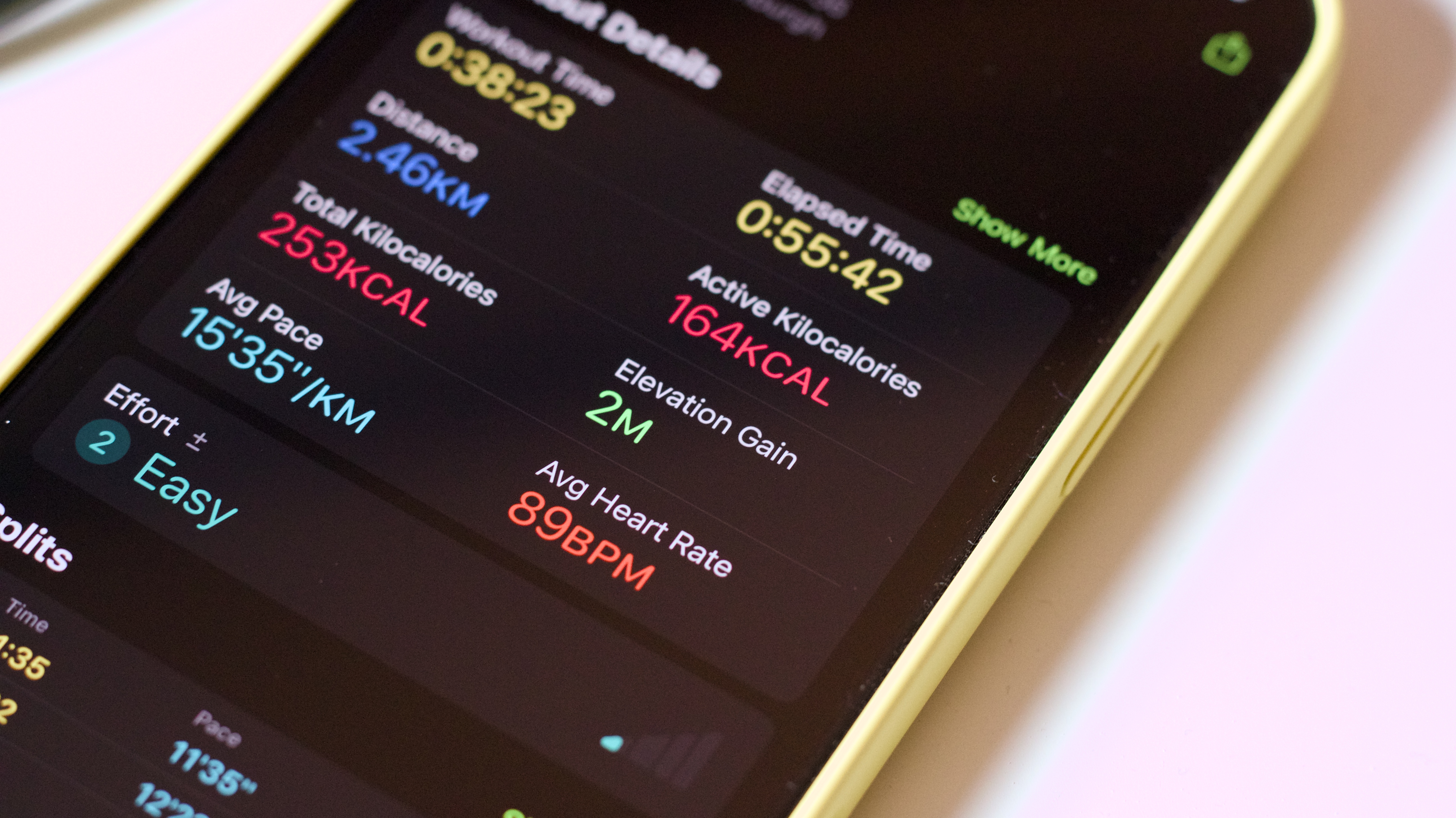
When it comes to burning calories, walking 10,000 steps a day is a great way to boost your numbers. But what does 10,000 steps in calories roughly equate to?
As is often the case with health and fitness, there's a simple answer and a more complicated one. The former is a rough guestimate, the latter takes into account a range of personal factors and is very specific to you.
One way to calculate how many calories you burn is by walking with one of the best smartwatches or fitness trackers, which should give you a decent estimate. But if you're just starting out or looking for some rough guidance, we can help with that too.
As to whether walking 10,000 steps will help you lose weight, that also depends on other factors, most importantly your diet.
So how many calories does walking 10,000 steps burn? How can you accurately measure that number for yourself? And how can walking 10,000 steps help you lose weight? Here’s what you need to know.
How many calories can you burn walking 10,000 steps?
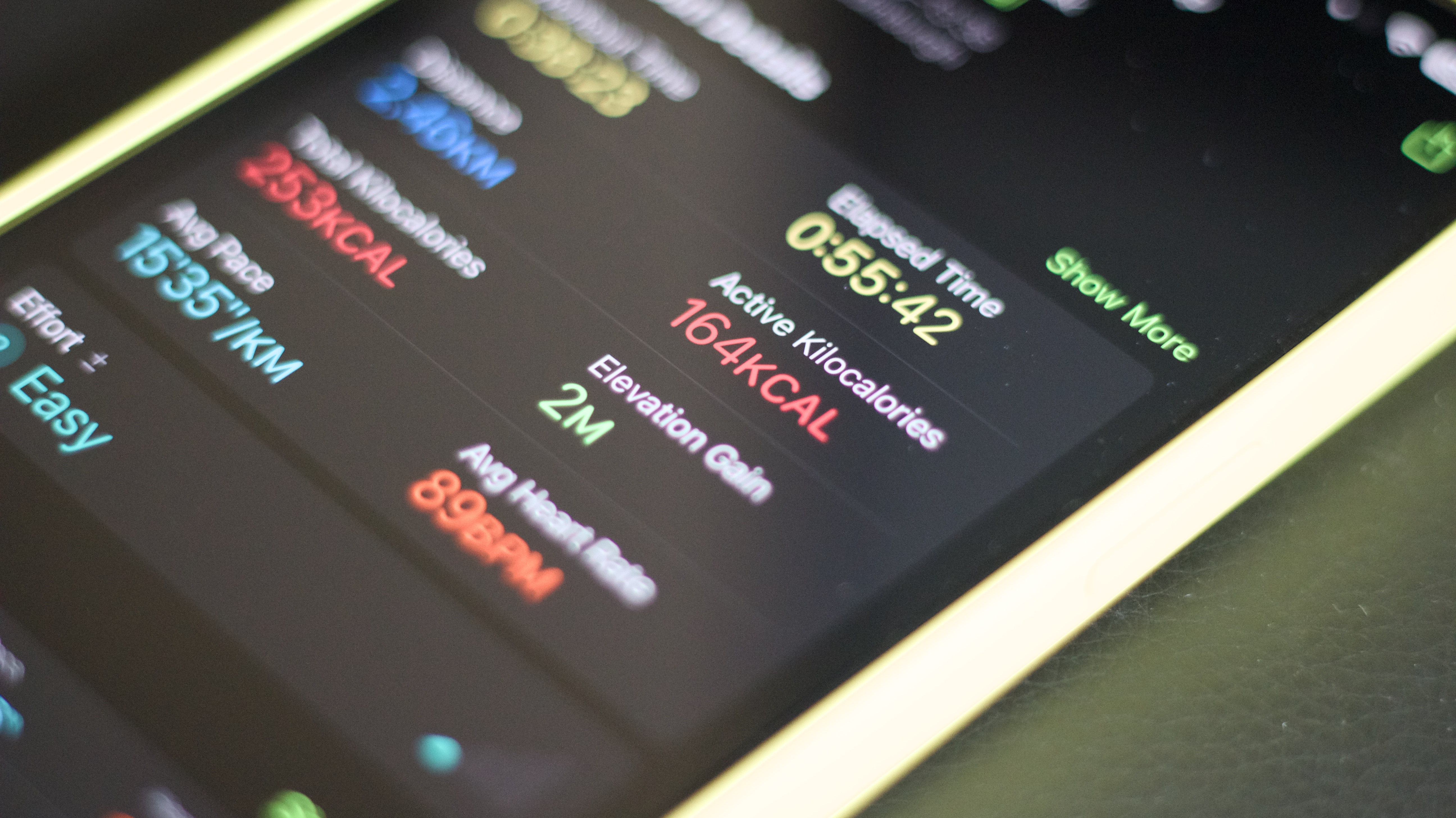
There is a hilariously wide range of estimates when it comes to how many calories you can burn walking 10,000 steps. A quick Google search will tell you that “most people” burn 30-40 calories walking 1,000 steps, or 300-400 over 10,000 steps. However, several significant personal factors will determine how many calories you burn while walking 10,000 steps.
One such factor is weight. Burning calories is all about expending energy, so the heavier you are, the more calories you burn moving around. One 2013 study revealed that “a higher weight implicates higher movement costs” when it comes to exercise. In the same year, another study revealed that activity energy expenditure (AEE) is dependent “not only on physical activity, but also on the weight of the body displaced during movements.” I’m considerably taller and heavier than my wife, so if we both walk the same distance, I usually burn significantly more calories than her. However, that figure is proportionate to our overall weight, so the difference relative to my overall body mass is less pronounced.
Get daily insight, inspiration and deals in your inbox
Sign up for breaking news, reviews, opinion, top tech deals, and more.
There are also some genetic factors when it comes to how many calories you burn doing exercise, but weight is the biggest differentiating factor.
Distance is only half the battle
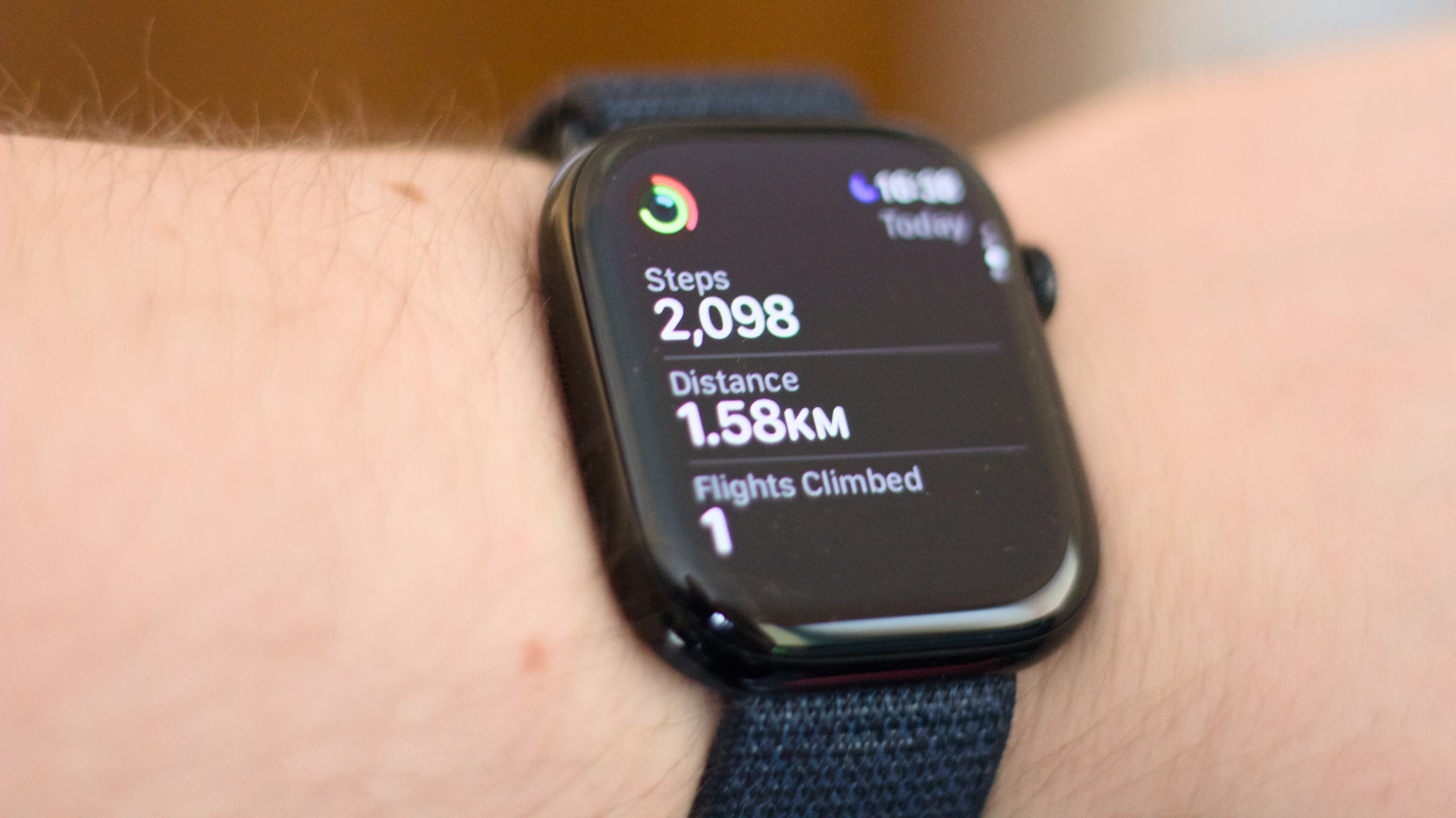
Personal traits aside, other factors will determine how many calories you burn walking 10,000 steps. The more intense the activity you undertake, the more calories you’re going to burn while doing it. That means that walking a leisurely 10,000 steps over flat ground will burn fewer calories than a more intense 10,000 steps walked uphill or climbing stairs. As such, how quickly you walk your 10,000 steps and the terrain you’re walking over will both have an impact on your calories burned.
With so many different variables, trying to figure out how many calories you’ll burn while walking 10,000 steps might feel a little daunting. Fortunately, there’s a wealth of technology out there to help make it as easy as possible.
How to track your calories burned while walking 10,000 steps
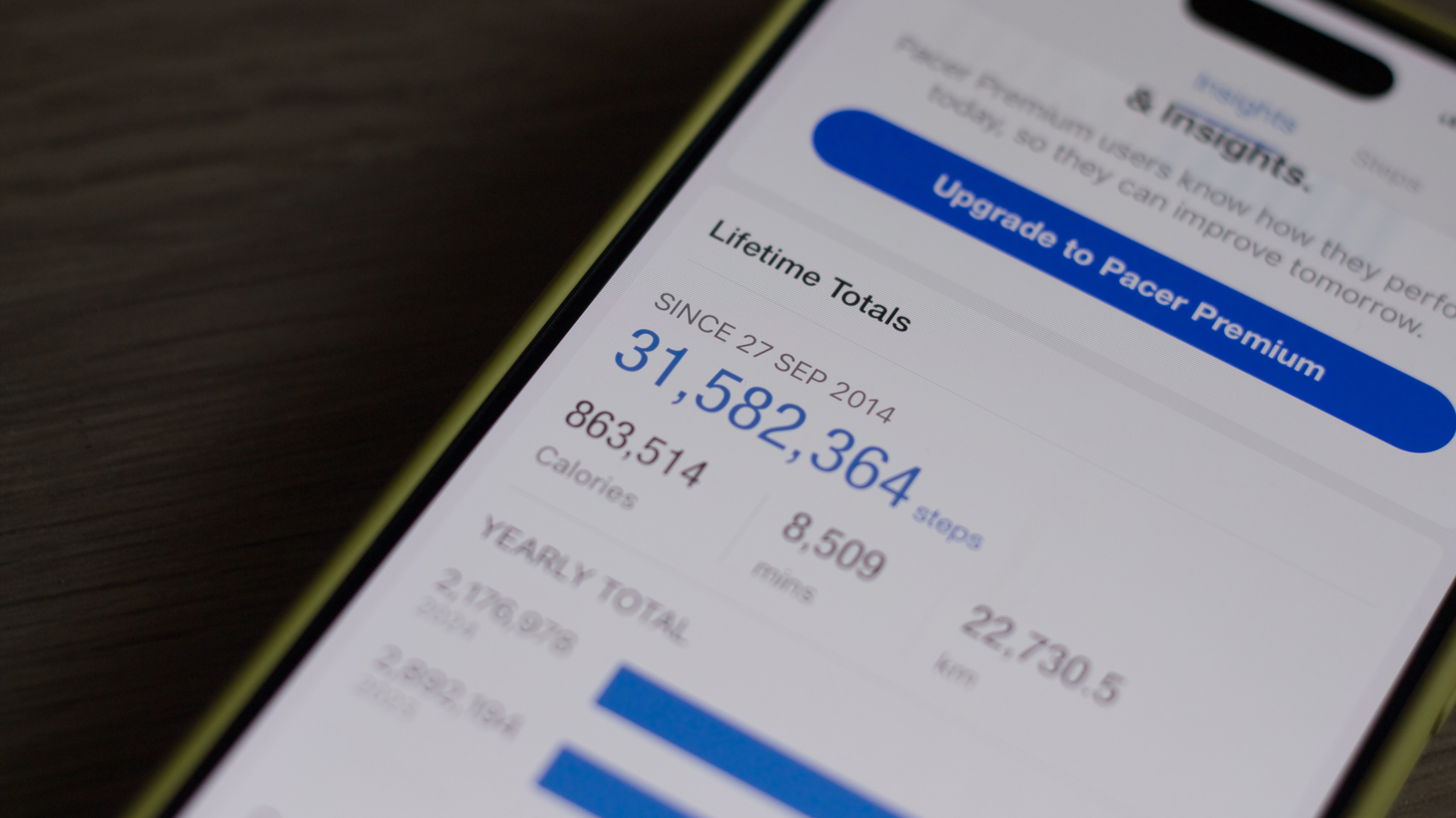
Figuring out how many calories you burn while walking 10,000 steps is unlikely to be an exact science: the figure will probably change every day. But you can get a pretty good estimate by doing a quick test walk and recording your activity with a phone, watch, or fitness tracker. If you want a decent reading, we’d recommend one of the best smartwatches on the market, such as the Apple Watch Series 10 or the Google Pixel Watch 3. These are great all-around devices with solid fitness tracking built in. If you want something more specialized, you could try one of the best fitness trackers out there, such as the Fitbit Luxe, or even the Samsung Galaxy Ring. There’s also the acclaimed Whoop 4.0. Essentially, there’s something for every budget. Crucially, though, where figuring out the distance required to walk 10,000 steps is quite rudimentary, calculating your calories burned requires more precise equipment.
Many of these wearables will track your daily calories burned, as well as specific measurements for exercise. As such, you can simply pop one on and do a quick walk to get a feel for how many calories you burn on the go. I recorded a 1-mile walk on my Apple Watch (2,018 steps), and clocked 130 calories burned (if there are two calorie readings, you'll want the Active Calories number). That means that if I walk 10,000 steps, I’ll probably burn around 650 calories. My walk was done at a steady pace over relatively flat ground, just to give me a better benchmark.
Can you lose weight by walking 10,000 steps?
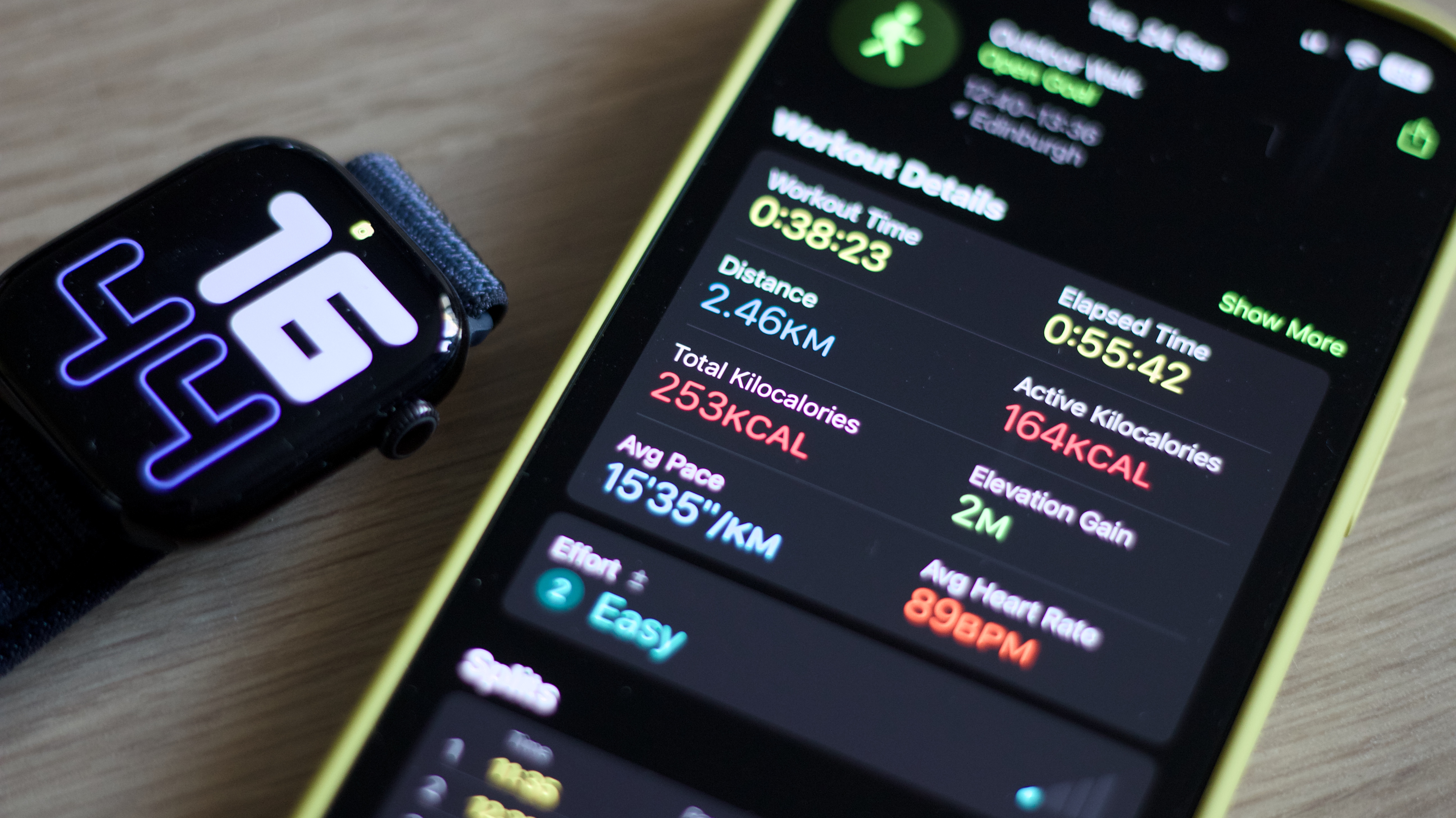
The short answer is yes, but the more complicated answer is that it depends. Numerous studies show walking 10,000 steps a day can result in weight loss, including these ones from 2006, 2017, and 2018. However, the latter two also include the key to unlocking weight loss by walking 10,000 steps a day. Namely, you’ll need to stay on top of your diet at the same time. Walking 10,000 steps a day certainly isn’t going to make you gain weight, and if you don’t make any other changes to your lifestyle, you might start to see some results. But weight loss is largely dependent on maintaining a calorie deficit, eating fewer calories than your body needs to sustain itself at its current weight. Even if you walk 20,000 steps a day, you won’t be able to out-train overeating or a calorie surplus.
If you’re serious about using 10,000 steps to lose weight, it’s worth figuring out your basal metabolic rate (BMR) with a smart scale or online calculator (you’ll need to know your weight and your height).
Your BMR is simply the number of calories your body needs to continue existing at its current weight, and it's the key number to keep in mind if you're trying to lose weight.
By way of example, my BMR is roughly 2,150 calories. If I walk my 10,000 steps a day, burning around 650 calories, I’ve got roughly 2,800 calories “in the bank.” If I eat fewer calories than that per day consistently, I’ll lose weight. If I eat exactly that much, my body weight won’t change. If I eat more than that, I’ll still gain weight.
If you do start to see weight loss results walking 10,000 steps and counting calories, be sure to recalculate your BMR periodically, because it will reduce as you lose weight.
How to increase your calories burned while walking 10,000 steps
If you’re trying to lose weight by walking 10,000 steps, there are a few things that you can do to increase how many calories you burn while you do it.
- Walk faster - the more intense your exercise, the more calories you’ll burn
- Climb a hill or some stairs - for the same reason, adding resistance to your walk will help burn calories
- Add some weight – rucking is a trendy new fitness tool that involves walking around with a weighted backpack. It has been shown as an effective way to increase the calories you burn while walking, but a word of warning. If you're a beginner, older, or are already carrying extra bulk due to your bodyweight, this could put unnecessary strain on your joints and should not be your first port of call.
Feel the burn
So there you have it, as you can see there’s no one-size-fits-all formula when it comes to how many calories you burn walking 10,000 steps. A lot of it is going to depend on your physical makeup, as well as the intensity with which you tackle those miles. The best way to track calories out walking is with a smartwatch or fitness tracker but remember: If you’re not doing the work behind the scenes and in the kitchen, walking 10,000 steps will only get you so far when it comes to weight loss.
You may also like

Stephen Warwick is TechRadar's Fitness & Wearables writer with nearly a decade of experience covering technology, including five years as the News Editor of iMore. He's a keen fitness enthusiast and is never far from the local gym, Apple Watch at the ready, to record his latest workout. Stephen has experience writing about every facet of technology including products, services, hardware, and software. He's covered breaking news and developing stories regarding supply chains, patents and litigation, competition, politics and lobbying, the environment, and more. He's conducted interviews with industry experts in a range of fields including finance, litigation, security, and more. Outside of work, he's a massive tech and history buff with a passion for Rome Total War, reading, and music.
You must confirm your public display name before commenting
Please logout and then login again, you will then be prompted to enter your display name.